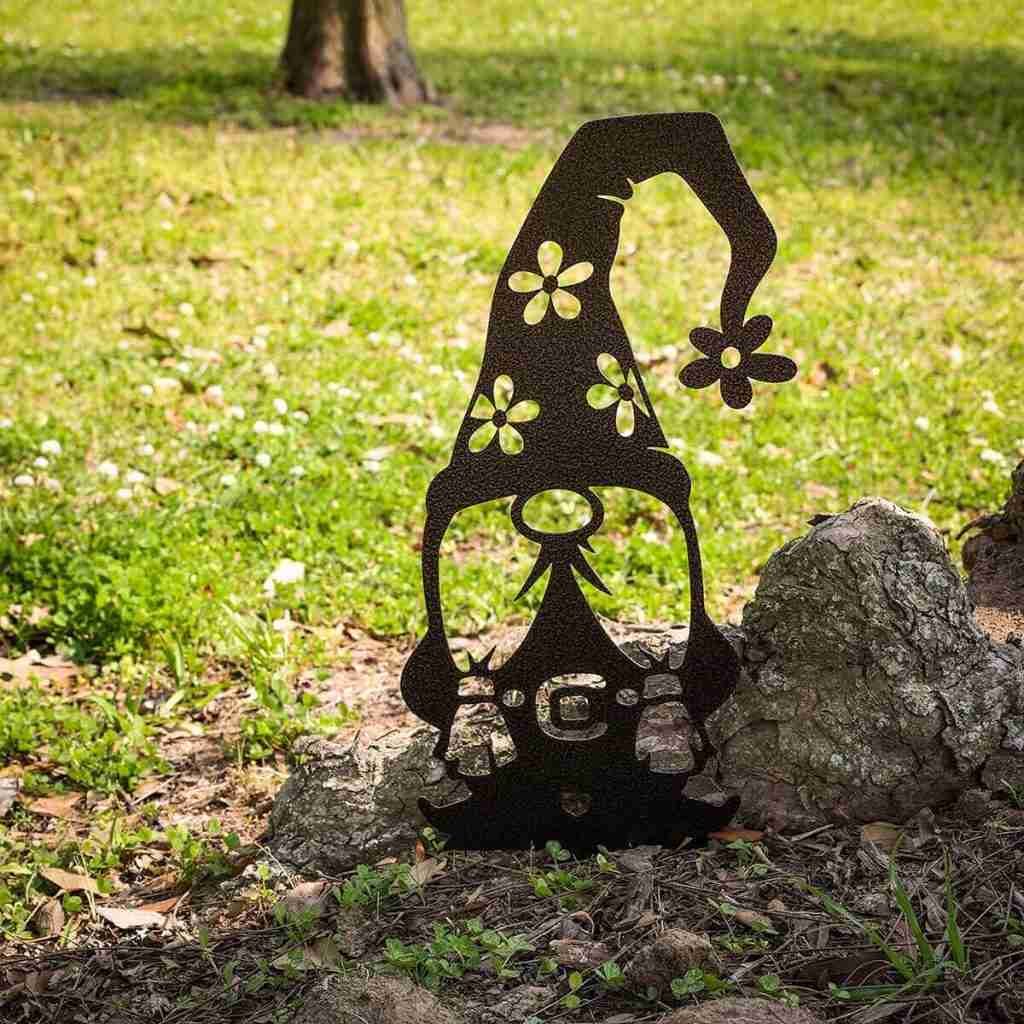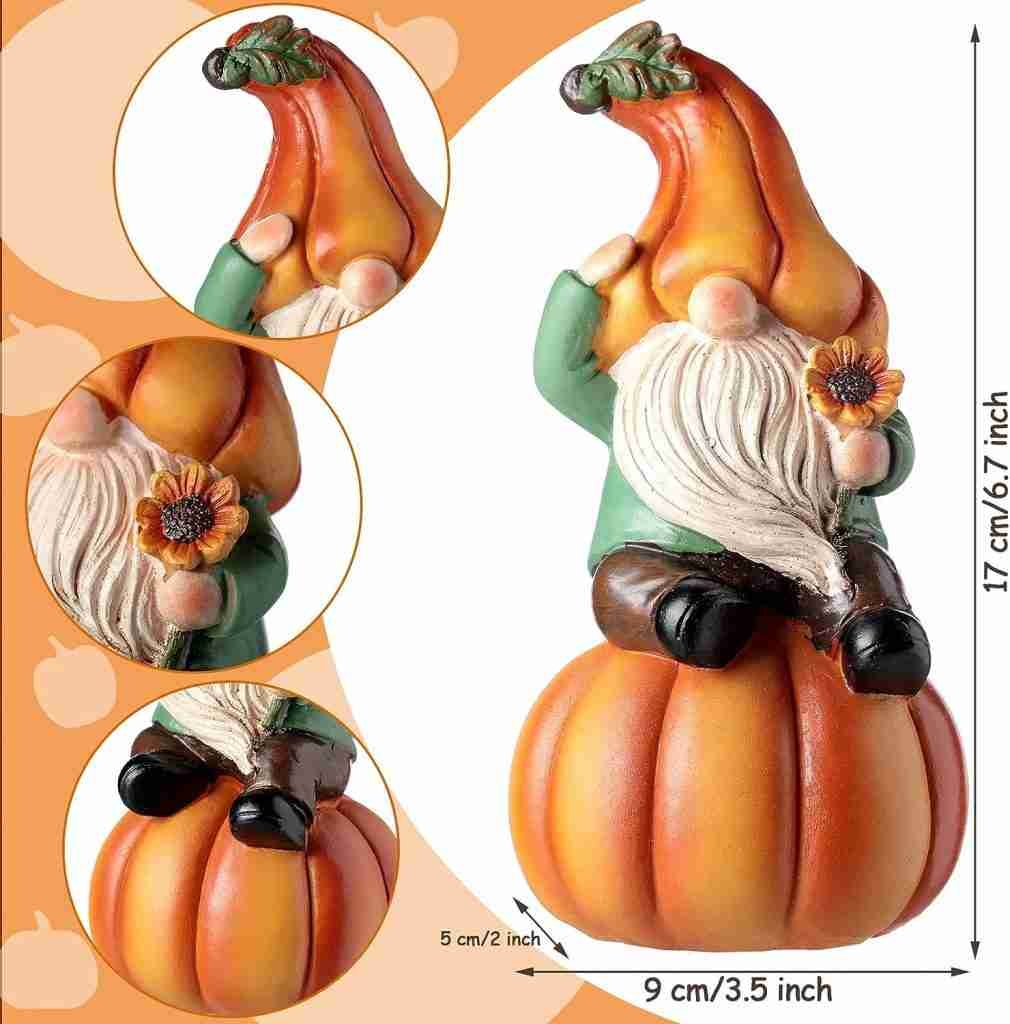Imagine walking into a beautifully landscaped garden or coming home to a charming patio adorned with exquisite statues. The allure and serene ambiance that outdoor statues bring can truly transform any outdoor space. But with so many materials to choose from, how do you know which one is best for your statues? Don’t worry, we’ve got you covered! In this blog post, we’ll take you on a fascinating journey through the world of outdoor statues, exploring the most popular materials used to create these stunning works of art. By the end, you’ll be armed with the knowledge you need to make the perfect choice for your own outdoor oasis.
Discover the most sought-after Outdoor Statues for your outdoor space!



Marble
When it comes to creating outdoor statues that exude timeless elegance, few materials can rival the beauty and durability of marble. Renowned for its smooth texture and long-lasting qualities, marble has been the material of choice for sculptors throughout history. In this article, we will explore the advantages of using marble for outdoor statues, and why it remains a popular choice among artists and art enthusiasts alike.



The Appeal of Marble
Marble possesses a natural beauty that is unmatched by other materials. Its luxurious and classic appearance adds a touch of elegance to any outdoor space, be it a public park, garden, or personal backyard. Here are some key reasons why marble stands out:
- Smooth Texture: The smoothness of marble is a true testament to its craftsmanship. When expertly carved, the surface of marble statues holds a polished sheen, enhancing the fine details and contours of the artwork.
- Durability: One of the greatest advantages of marble is its ability to withstand various weather conditions. Unlike other materials that may deteriorate over time, marble remains resilient against rain, heat, cold, and sunlight. This makes it a perfect choice for outdoor sculptures, ensuring that they will stand the test of time and maintain their beauty for generations to come.
The Many Varieties of Marble
Marble comes in a wide range of colors, each with its own unique veining patterns and characteristics. Some popular varieties include:
- Carrara Marble: Known for its timeless white appearance and subtle gray veining, Carrara marble has been used for centuries for its pure aesthetic appeal. This classic choice lends an air of sophistication and elegance to any outdoor statue.
- Statuario Marble: With its striking white background and bold, dramatic veining, Statuario marble is a luxurious option favored by many artists. Its intense contrast creates a visually captivating effect, adding depth and character to any sculpture.
- Travertine Marble: Often sought after for its warm, earthy tones, travertine marble offers a rustic yet refined look. Its natural textures and colors can give statues a unique and organic appeal, making it a popular choice for outdoor designs that aim to blend with nature.
Practical Considerations
In addition to its aesthetic merits, marble also boasts practical advantages that make it a preferred choice for outdoor statues. These include:
- Easy Maintenance: Marble requires minimal maintenance to retain its beauty. Regular cleaning with mild soap and water will help to preserve the sculpture’s appearance and ensure it continues to captivate viewers.
- Availability and Affordability: Despite its luxurious reputation, marble is widely available and offers a range of price options to suit various budgets. This accessibility makes it easier for artists and enthusiasts to acquire top-quality marble statues without breaking the bank.
Bronze: A Timeless Choice for Statues
When it comes to choosing a material for statues, there are few options that can rival the elegance and durability of bronze. Bronze statues have been crafted for centuries, and their ability to withstand the test of time is a testament to the unique properties of this alloy.



The Beauty of the Patina
One of the most distinctive features of bronze statues is their beautiful patina. Over time, a chemical reaction between the bronze and the environment causes a layer of oxidation to develop on the surface of the statue. This patina not only enhances the appearance of the sculpture but also acts as a protective barrier against further corrosion.
Durability and Longevity
Bronze is renowned for its exceptional durability. Unlike other materials, bronze statues are able to withstand exposure to the elements without deteriorating. This makes them an ideal choice for outdoor sculptures that need to withstand rain, wind, and even extreme temperatures.
Historical Significance
Bronze statues have a rich history and are often associated with iconic sculptures and historical figures. From ancient civilizations to modern times, bronze has been used to immortalize heroes and showcase the artistic prowess of civilizations across the globe.
Versatility in Design
One of the advantages of bronze as a material for statues is its versatility in design. The malleability of bronze allows for the creation of intricate and detailed sculptures, capturing even the smallest of details with precision. This opens up a world of possibilities for sculptors to create lifelike representations of their subjects.
Maintenance and Care
While bronze statues are renowned for their durability, they still require proper maintenance and care to ensure their longevity. Here are some key points to keep in mind:
- Regular cleaning can help remove dirt and grime from the surface of the statue.
- Applying a protective wax coating can help preserve the patina and prevent further oxidation.
- Avoid using harsh chemicals or abrasive cleaners that can damage the surface of the statue.
Lightweight and Versatile
One of the key advantages of fiberglass statues is their lightweight nature. Unlike statues made from materials like stone or metal, fiberglass statues are much easier to handle and transport. This makes them an excellent choice for outdoor settings, where moving and repositioning may be required at different times.
Fiberglass also offers great versatility when it comes to shaping the statues. With fiberglass, intricate details and customization are easily achievable. Whether you’re looking for a lifelike animal statue or a whimsical fairy, fiberglass can be molded into various shapes and sizes to suit your specific preferences.
Weather Resistance
When it comes to durability, fiberglass statues truly shine. Unlike materials such as wood or concrete, fiberglass is highly resistant to weathering. It can withstand harsh elements like rain, wind, and UV radiation without significant cracking, fading, or warping.
This weather resistance makes fiberglass statues an ideal choice for long-term outdoor display. You can confidently place them in your garden, patio, or public space, knowing that they will maintain their beauty and integrity over time.
Easy Maintenance
Another advantage of fiberglass statues is their low maintenance requirements. Unlike materials that may require regular sealing or refinishing, fiberglass statues generally need minimal upkeep. They can be easily cleaned with mild soap and water, removing any dirt or debris that may accumulate over time.
Wide Range of Designs
Fiberglass offers a vast variety of design options for statues. From traditional to contemporary styles, there are plenty of choices available to suit different tastes and preferences. Whether you’re looking for a classic Greek goddess or a captivating modern artwork, fiberglass manufacturers offer a wide range of designs to choose from.
Affordability
Compared to materials like bronze or stone, fiberglass statues often come at a more affordable price point. This makes them accessible to a wider range of individuals and businesses looking to enhance their outdoor spaces. Despite being reasonably priced, fiberglass statues maintain their quality and durability, offering excellent value for money.
Resin
Are you in search of a way to elevate the beauty of your garden or living space without breaking the bank? Look no further than resin statues! In recent years, resin has emerged as a popular choice for those seeking affordable yet visually stunning additions to their surroundings. In this blog section, we will take a closer look at the benefits and maintenance requirements of resin statues, providing you with the information you need to make an informed decision.
Why Choose Resin Statues?
Resin statues have gained immense popularity for a number of reasons, making them an attractive option for homeowners and decorators alike. Here are some key advantages:
- Affordability: One of the biggest advantages of resin statues is their affordability. These statues offer impeccable craftsmanship and can closely mimic the appearance of more expensive materials such as stone or metal, without the hefty price tag.
- Versatility: Resin statues come in a wide range of styles, sizes, and designs. Whether you’re looking for a traditional or contemporary piece, resin has got you covered. From intricate sculptures to whimsical garden gnomes, there is a resin statue to suit every taste and preference.
- Durability: Made from a sturdy and durable material, resin statues can withstand the test of time, even when placed outdoors. Unlike other materials, resin is resistant to moisture, harsh weather conditions, and UV rays, ensuring the longevity of your cherished sculptures.
Maintenance: Ensuring Long-lasting Beauty
While resin statues are quite low-maintenance, like any other decorative element, they do require some attention to retain their beauty. Here are a few tips to keep your resin statues looking their best:
- Regular Cleaning: Periodically dust off your resin statues with a soft cloth or brush to prevent the accumulation of dirt or debris. For tougher stains, you can use a mild soap solution and a non-abrasive sponge to gently remove them.
- Avoid Harsh Chemicals: When cleaning your resin statues, it’s important to avoid abrasive cleaning agents or chemicals that may damage the surface. Stick to mild soaps or cleaners designed specifically for resin surfaces.
- Protect from Extreme Conditions: Although resin statues are designed to be weather-resistant, extreme conditions can still take a toll. During harsh winters or storms, consider temporarily relocating your statues indoors or providing them with additional protection, such as covers or enclosures.
- UV Protection: Prolonged exposure to direct sunlight can cause fading or discoloration. To preserve the vibrancy of your resin statues, consider applying a UV-resistant sealant or periodically moving them to shaded areas.
Conclusion
Resin statues offer an affordable yet remarkable way to enhance the aesthetic appeal of any space. With their ability to mimic the look of more expensive materials and their durability in outdoor conditions, resin statues are a practical choice for homeowners and decorators. By following simple maintenance guidelines, you can ensure that your resin statues continue to shine for years to come. So go ahead, explore the vast array of resin statues available and add a touch of elegance to your surroundings!
Discover the best materials to bring your outdoor statues to life
In conclusion, when selecting an outdoor statue, it’s important to weigh the factors of durability, aesthetics, and budget. Materials like marble and bronze bring a timeless elegance, while fiberglass and resin offer versatility and affordability. The decision you make should be based on your personal preferences and the specific location where the statue will be placed. Armed with this knowledge about popular materials for outdoor statues, you can confidently choose the perfect piece to enhance your outdoor space. Happy statue shopping!
Answers to Common Questions about Outdoor Statues
Can you recommend any materials that are resistant to weathering and fading?
Certainly! In terms of materials that are highly resistant to weathering and fading, there are a few options you can consider:
- Stainless Steel: Known for its durability and resistance to corrosion, stainless steel is a popular choice for outdoor structures, furniture, and fixtures.
- Vinyl: Vinyl is a synthetic material that offers excellent resistance to fading and weathering. It is commonly used for outdoor signage, window frames, and outdoor furniture.
- UV-Resistant Paints and Coatings: Using paints and coatings specifically designed to withstand UV radiation can significantly enhance the resistance of various materials, such as wood, metal, and plastics, against weathering and fading.
- Fiberglass: Fiberglass is a lightweight yet resilient material that is highly resistant to weathering and fading. It is commonly used in outdoor architectural elements, boat hulls, and automotive parts.
- HDPE (High-Density Polyethylene): HDPE is a durable plastic material that is resistant to fading, cracking, and weathering. It is commonly used for outdoor furniture, decking, and playground equipment.
Are there any eco-friendly materials that are commonly used for outdoor statues?
Yes, there are several eco-friendly materials that are commonly used for outdoor statues. One popular choice is recycled metal, such as bronze or aluminum, which can be melted down and reused. Another option is natural stone, like granite or limestone, which is considered more sustainable than synthetic materials. Additionally, some artists use reclaimed wood or sustainable woods like bamboo to create outdoor sculptures. These materials not only have a low environmental impact but also add a unique and natural touch to outdoor art installations.


